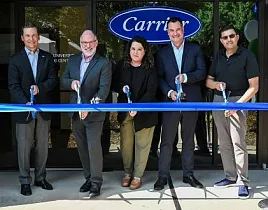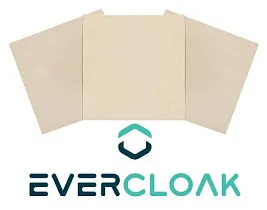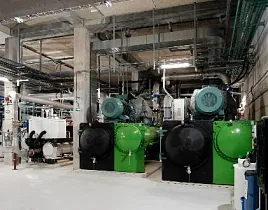Evaporative-cooling-based system that uses a specially coated ceramic to cool air without adding humidity.
As average global temperatures steadily climb, the worldwide demand for air conditioning is expected to triple by 2050. Conventional air conditioners, while now cheap to manufacture, still rely on low-efficiency mechanical vapor compression to cool and dehumidify air, making them one of the largest consumers of energy in industrialized countries. An alternative cooling method called evaporative cooling (EC) uses up to 75% less energy than vapor-compression systems, but EC only works well in relatively dry climates because moisture is added to the cooled air, making them less effective in humid areas.
cold-SNAP, designed by a multidisciplinary team of scientists and designers from the Wyss Institute’s Adaptive Material Technologies Platform, Harvard’s Graduate School of Design (GSD), and the Harvard Center for Green Buildings and Cities (HCGBC) is a durable, low-cost, low-energy EC system that can work efficiently in hot and hot-humid climates and could one day replace vapor-compression coolers with a much more environmentally friendly option. Inspired by the water repellency of duck feathers, cold-SNAP consists of 3D-printed ceramic coated with a nanoscale, hydrophobic material which acts as a water vapor barrier, limiting humidification while promoting heat transfer. Selectively applying the coating to only one side of the ceramic effectively isolates the water evaporation process from the air that is released into a building, preventing it from becoming too humid and making the human body feel cooler.
- The simplicity and efficiency of the cold-SNAP system allow us to create low-cost, efficient air cooling units to meet the world’s increasing demand while using 75% less energy, - said Martin Bechthold.
cold-SNAP can be integrated into existing EC coolers and sold as environmentally friendly air conditioners in a wide variety of climate zones, and could even be manufactured into the façades of buildings, which would allow them to effectively cool the space within while only using energy to pump water to the system.
This technology is currently being de-risked at the
Wyss Institute.


